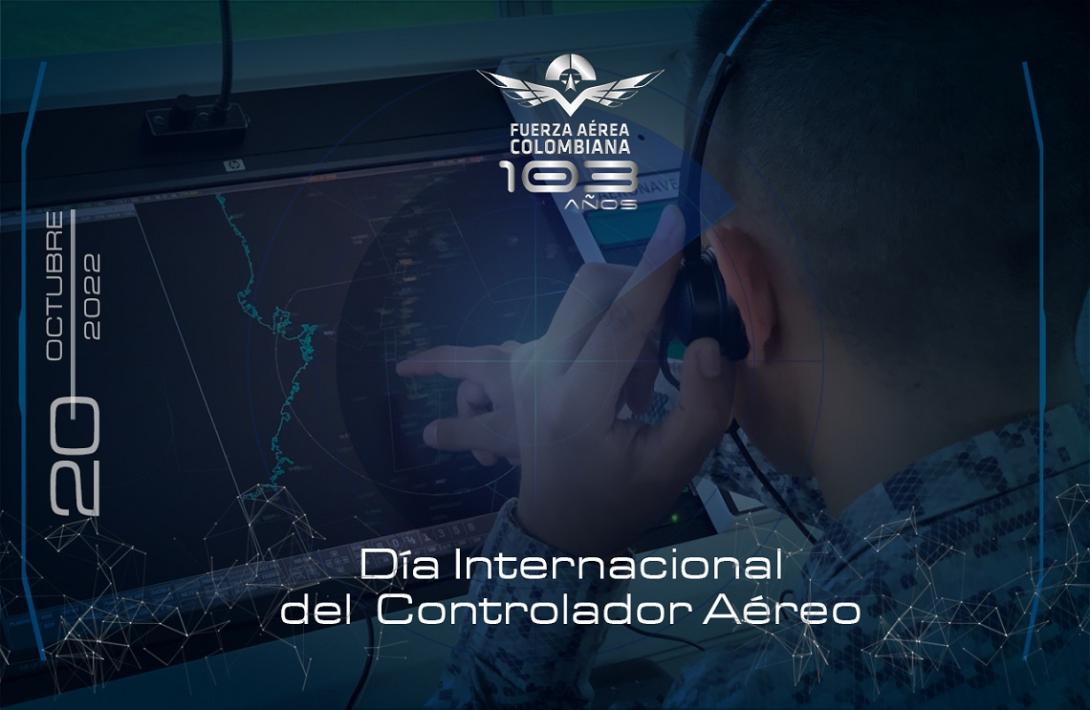October 20 marks the International Day of the Air Traffic Controller
The Colombian Air Force congratulates and recognizes the daily effort and dedication of the Institution's Air Traffic Controllers, who with discipline exercise this profession, using all their commitment for quality and operational safety in each of the flights under their responsibility. This select group of men and women with their professionalism direct the approaches, landings or take-offs of the Institution's aircraft.
A military flight is monitored since before the aircraft takes off until the moment it lands at its destination. For this, the air traffic control service has specific functions executed by the control towers, established to regulate the movements of runways, taxiways and the entire maneuvering area of airfields. The approach control controls flights heading to one or more aerodromes in a certain landing area or the departing process and the area control centers facilitate the services during the flight phase at the national level and/or until leaving the border.
Some relevant information:
In 1970 the first formal Air Traffic Controller course for the Colombian Air Force was held at the INCAE (Institute of Air and Space Sciences) in Popayán, of which Mr. Chief Technician Jaime Pinzón (RIP) of the 18th Non-Commissioned Officers course was a member who became the first certified Air Traffic Controller.
In 1971 the Deputy Chief Technician Pedro Porras of the 28th Non-Commissioned Officers course, was the first member of the Colombian Air Force to receive the Air Traffic Control course at the Keesler Air Force Base academy of the USAF and in 2021 the First Technician Mario Aranguren course 77 graduated with honors of the same academy.
Since 1972 the Colombian Institute of Hydrology, Meteorology and Land Adaptation (HIMAT) now IDEAM, planted some meteorological stations in Military Air Units of the Colombian Air Force, acquiring the ability to generate meteorological observations on the surface. Currently, the Institution has its own network of automatic meteorological stations.
In 2000, the first Aeronautical Procedures group of the FAC was created, made up of 1 Officer and 2 Non-Commissioned Officers, who were members of the first course on procedure design taught at the Aeronautical Studies Center- CEA of the Special Administrative Unit of Civil Aeronautics- UAEAC.
In 2008, the Air Force began monitoring the meteorological variables at altitude with the installation of a sounding radio station in the Air Combat Command No.6 in Tres Esquinas- Caquetá, leading to improve the quality of weather forecasts. In the same way, in 2020, the launch of radiosondes with a portable system was carried out on King Jorge Island in Antarctica, as part of the meteorology research project.
“There is no profession in the world in which the sense of responsibility for human lives is as high as in Air Traffic Control” ILO (International Labor Organization).
Source: Press, Colombian Air Force





